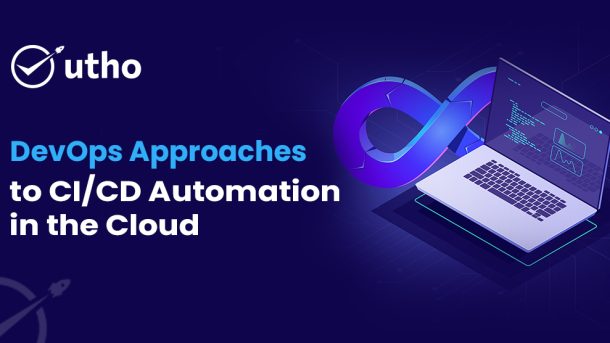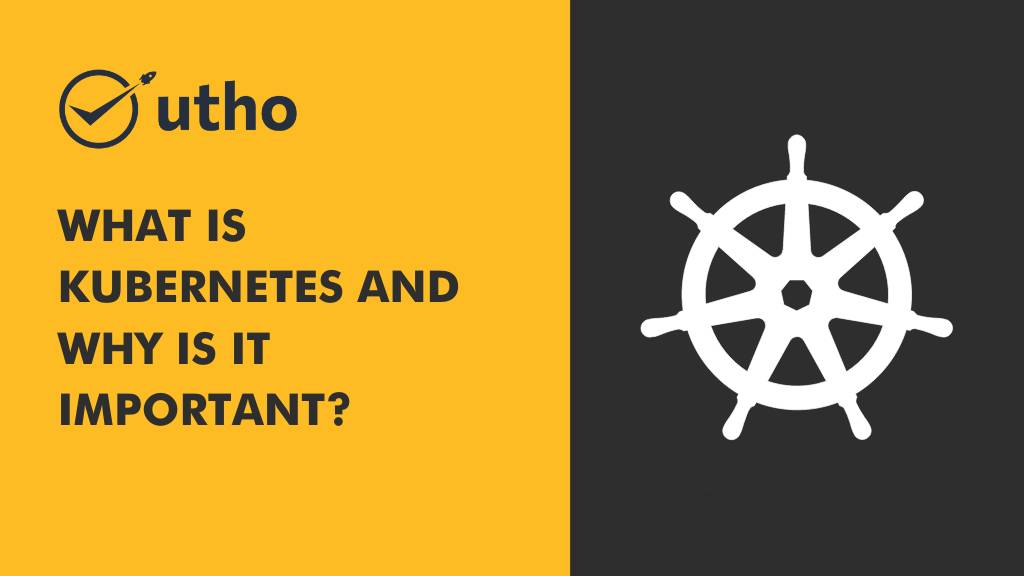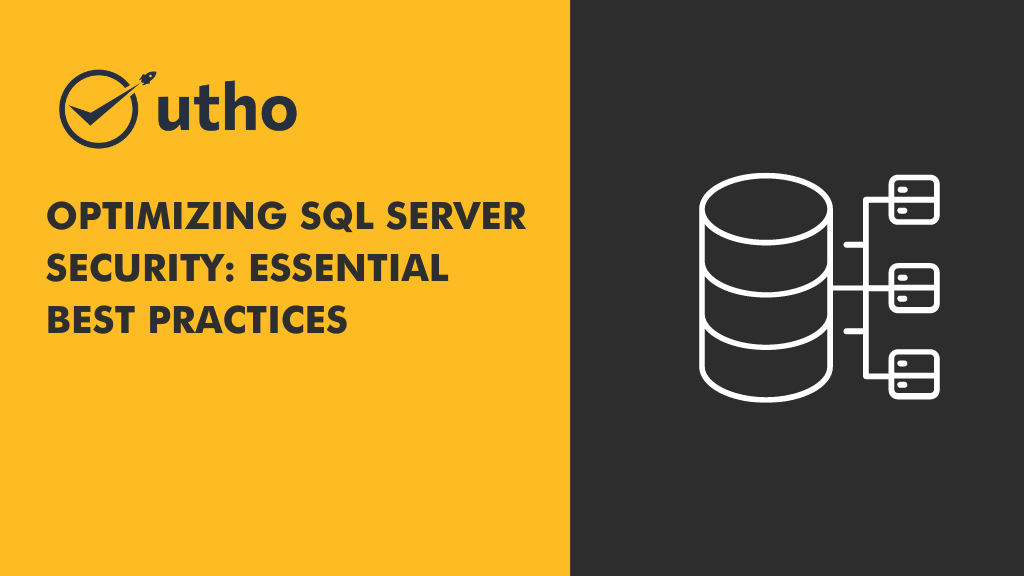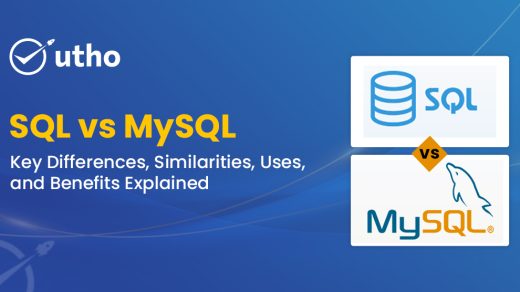Introduction to DevOps
In the fast-changing digital world, businesses must quickly deliver high-quality software. There is growing pressure to improve efficiency in this process. This is where DevOps comes into play. DevOps is more than a methodology. It's a culture, a movement, and a set of practices. It combines software development (Dev) and IT operations (Ops). DevOps aims to shorten the system development life cycle. It also seeks to ensure high software quality and continuous delivery.
DevOps removes the silos between development and operations teams. This boosts communication, collaboration, and efficiency. DevOps embraces automation and CI/CD. This ensures faster releases, more reliable systems, and better performance.
Why DevOps?
DevOps arose from the challenges of traditional development and operations models. Previously, dev teams wrote code. Ops teams managed infrastructure and deployment. This division often led to delays, inefficiencies, and a lack of collaboration. Some common problems that led to the rise of DevOps include:
- Slow Release Cycles: Traditional software delivery had lengthy release cycles. New versions often took months or even years to deliver.
- Manual Processes: Deployments, testing, and scaling were often manual. This caused errors and delays.
- Lack of Collaboration: The development and operations teams worked in silos. This caused miscommunication, finger-pointing, and inefficiencies.
DevOps solves these issues. It fosters a culture of collaboration, automation, and continuous feedback. It promotes a faster, more agile approach to software development and infrastructure management.
What is CI/CD in DevOps?
At the core of DevOps lies CI/CD (Continuous Integration and Continuous Delivery/Deployment). CI/CD automation in the cloud is a key practice. It helps teams automate building, testing, and deploying applications. It enables rapid delivery of high-quality software, with minimal human intervention.
Continuous Integration (CI)
Continuous Integration automates merging code changes from multiple contributors into a shared repository. It encourages developers to integrate their code frequently, usually multiple times a day. We test every integration automatically. This ensures the new code doesn't break the app. This process reduces integration issues and allows for early detection of bugs.
Continuous Delivery (CD)
Continuous Delivery ensures code changes are built, tested, and ready for production deployment. In a CI/CD pipeline, Continuous Delivery lets teams quickly deliver code updates to users. The process is automated, but deployment to production often requires manual approval.
Continuous Deployment (CD)
In Continuous Deployment, every change that passes automated tests is deployed to production, with no manual work. This is the final step in a fully automated CI/CD pipeline. Continuous Deployment keeps software in a deployable state. It can be released at any time.
The Role of CI/CD Automation in the Cloud
CI/CD automation in the cloud has become a key enabler for modern software development. The cloud is perfect for automating the entire CI/CD pipeline. It covers everything, from source code management to deployment. Cloud platforms offer scalability, flexibility, and many tools. They simplify automation.
Why Automate CI/CD in the Cloud?
Automating CI/CD in the cloud has advantages over on-premise methods:
- Scalability: The cloud makes it easy to scale infrastructure. This is vital for handling many code integrations and deployments.
- Cost Efficiency: With cloud-based CI/CD automation, businesses only pay for the resources they use. There’s no need to invest in expensive on-premise hardware.
- Flexibility: Cloud platforms provide a wide range of tools and services that can be easily integrated into the CI/CD pipeline. This flexibility allows teams to choose the best tools for their needs.
- Global Accessibility: Teams can access cloud-based CI/CD pipelines from anywhere. This improves collaboration across dispersed teams.
- Security: Top cloud providers have strong security features. They include encryption, identity management, and compliance. These ensure the safety of code and data during automation.
DevOps Approaches to CI/CD Automation in the Cloud
Having established the importance of CI/CD automation in the cloud, let's now explore some of the best DevOps methods for implementing it.
1. Building a Robust CI/CD Pipeline
The foundation of any CI/CD automation strategy is a well-designed pipeline. A CI/CD pipeline is a set of automated processes that allow DevOps teams to build, test, and deploy code more efficiently. When building a CI/CD pipeline in the cloud, it’s crucial to consider the following components:
- Source Control Management (SCM): A central repository where developers push their code changes. Tools like GitHub, GitLab, and Bitbucket are commonly used in CI/CD pipelines.
- Automated Testing: We run automated tests at every pipeline stage. They ensure code quality and functionality. This includes unit tests, integration tests, and end-to-end tests.
- Automated Builds: Code is automatically compiled and packaged for deployment in the cloud.
- Automated Deployment: The code is automatically deployed to various environments (development, staging, production) based on triggers and conditions.
AWS, Azure, and Google Cloud offer cloud platforms. They provide services to build and manage CI/CD pipelines. These services work together for a seamless experience.
2. Infrastructure as Code (IaC)
A key aspect of DevOps and CI/CD automation in the cloud is Infrastructure as Code (IaC). IaC allows teams to manage and provision cloud infrastructure using code, just like they manage application code. This approach ensures consistency, scalability, and repeatability in the deployment process.
With IaC, developers can write scripts to define cloud resources. These include virtual machines, storage, and networking components. Tools like AWS CloudFormation, Terraform, and Ansible automate infrastructure setup in CI/CD pipelines. They are commonly used for this. This automation ensures the infrastructure is always set up right when a new environment is created or updated.
3. Containerization and Orchestration
Containerization plays a vital role in DevOps and CI/CD automation. Containers create a consistent runtime for apps. This makes it easier to deploy and manage them across different clouds. Docker is the most widely used containerization tool in the DevOps ecosystem.
However, managing multiple containers can be challenging. This is where container orchestration tools like Kubernetes come into play. Kubernetes automates the deployment, scaling, and management of containerized applications. It makes sure containers run well across cloud environments. This improves the reliability and scalability of CI/CD pipelines.
4. Microservices Architecture
Many modern apps use a microservices architecture. It breaks the app into smaller, independent services. They can be developed, deployed, and scaled independently. Microservices are perfect for cloud-based CI/CD pipelines. They let teams deploy parts of an app without affecting the whole system.
Microservices and cloud CI/CD automation enable faster releases and better fault isolation. When a change is made to a specific service, it can be deployed without disrupting the entire application. This results in greater agility and scalability for software development teams.
5. Monitoring and Feedback Loops
One of the key principles of DevOps is continuous feedback. Once code is deployed, it’s crucial to monitor its performance and gather feedback from users. Cloud-based tools like AWS CloudWatch, Azure Monitor, and Google Cloud Operations help teams monitor their apps and infrastructure in real-time.
Automated monitoring and alerting allow teams to detect and address issues before they affect users. Also, adding feedback loops to the CI/CD pipeline gives the dev team real-time insights. This lets them improve quickly and efficiently.
6. Security in CI/CD Automation
Security is a critical aspect of CI/CD automation in the cloud. DevSecOps is the practice of integrating security into every phase of the DevOps lifecycle. Automating security checks and tests in the CI/CD pipeline helps teams find and fix vulnerabilities early in development.
Common security practices in cloud-based CI/CD pipelines include:
- Static Application Security Testing (SAST) scans source code for bugs during the build phase.
- Dynamic Application Security Testing (DAST): It runs security tests on the app in the testing phase. This finds vulnerabilities in real-world conditions.
- Dependency Scanning: It checks for vulnerabilities in third-party libraries and app dependencies.
By adding security to the CI/CD pipeline, organizations can ensure their apps are functional, reliable, and secure.
Tools for CI/CD Automation in the Cloud
There are several tools and platforms available that make it easier to implement CI/CD automation in the cloud. Here are some of the most popular tools:
- Jenkins: An open-source automation server widely used for building and managing CI/CD pipelines.
- GitLab CI/CD: A built-in CI/CD tool within GitLab that provides seamless integration with version control and deployment.
- CircleCI: A cloud-based CI/CD tool that enables teams to automate the build, test, and deploy processes with ease.
- Travis CI: A CI service that tests and builds apps on GitHub.
- AWS CodePipeline: A fully managed CI/CD service that automates the build, test, and deployment phases of applications on AWS.
- Azure DevOps: A cloud-based suite of DevOps tools for building, testing, and deploying apps on Azure.
- Google Cloud Build: A fully managed CI/CD platform that enables teams to build, test, and deploy applications on Google Cloud.
Each tool has unique features for different CI/CD pipeline stages. They cover version control, automated testing, deployment, and monitoring. The choice of tool depends on your development needs, the cloud platform, and your team's familiarity with the tools. Choosing the right CI/CD tools and integrating them into your cloud workflows can optimize efficiency. It will reduce manual tasks and speed up software delivery.
In today's fast-paced digital world, CI/CD automation in the cloud is vital. It ensures rapid, reliable, and consistent software delivery. DevOps practices can help businesses. They break down the barriers between development and operations teams. This leads to faster release cycles, better collaboration, and higher software quality.
Integrating CI/CD pipelines with cloud platforms automates everything. It covers code integration to deployment. Tools like Docker, Kubernetes, and IaC can help. They ensure scalability, flexibility, and efficiency in development workflows. Automation boosts speed. It also embeds security, monitoring, and feedback into every stage of the DevOps lifecycle.
As cloud-based CI/CD evolves, businesses must stay ahead. They must use the right tools and strategies to meet their unique needs. The right approach will help organizations innovate, scale, and compete. It includes using containerization, microservices, continuous monitoring, and DevSecOps.
Utho, an open-source inspired platform, is helping DevOps teams. It provides a flexible, cost-effective cloud infrastructure to unlock their full potential. With Utho, businesses can innovate freely while enjoying up to 60% cost savings compared to major hyperscalers. Utho enables seamless CI/CD automation. It lets teams focus on what matters: building great products and user experiences.




